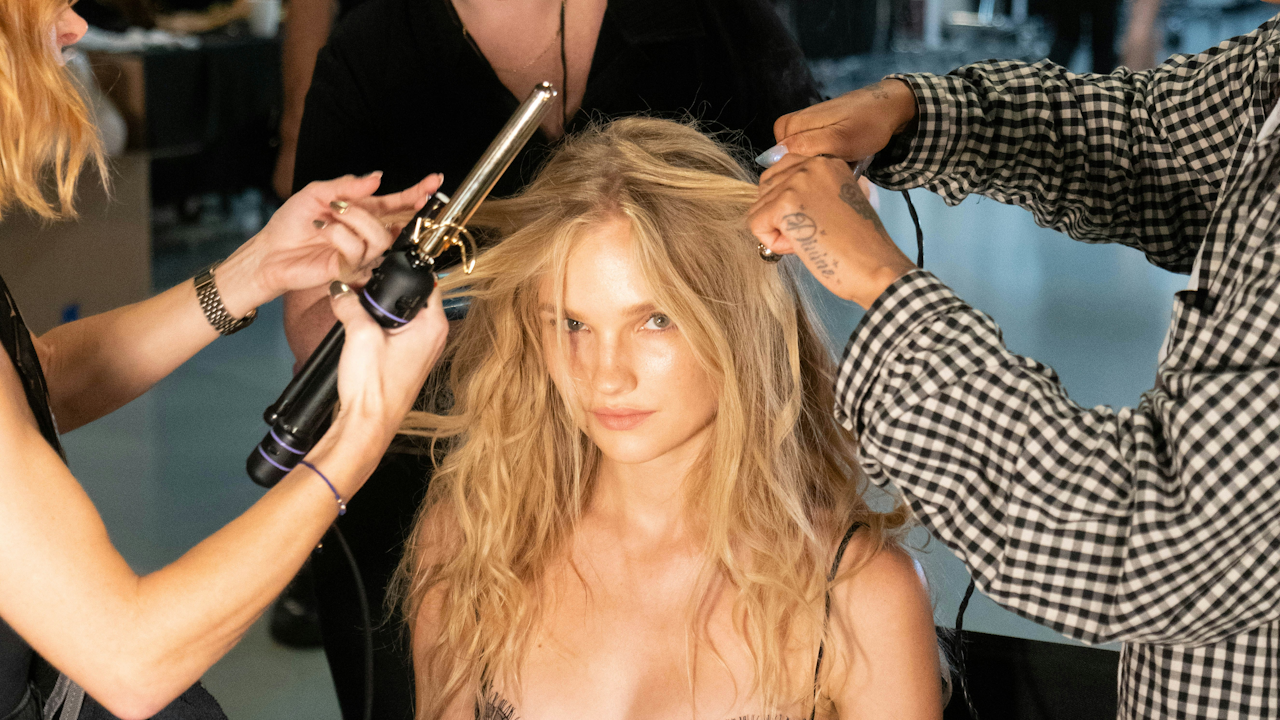In the dynamic world of fashion, where trends evolve with dizzying speed and personal expression is paramount, a quiet revolution is underway. Artificial Intelligence (AI), once confined to industrial automation and digital assistants, is now stepping onto the runway this time as a stylist. AI-powered fashion assistants, recommendation engines, and virtual stylists are becoming mainstream, raising a provocative question: Are human fashionistas becoming obsolete?
To unpack this, one must first understand what AI stylists are and how they operate. AI stylists use machine learning, data analysis, and computer vision to offer clothing recommendations tailored to individual preferences, body types, and even mood. They analyze vast datasets fashion catalogs, trend reports, customer feedback, and social media posts to identify patterns that might take human stylists years to internalize. Some advanced platforms even use natural language processing to interpret customer feedback and computer vision to “see” how clothes fit on various body types.
Big players in retail and tech are already deep into this space. Amazon’s Echo Look, although discontinued, was a camera-enabled device that provided users with fashion advice using AI. Stitch Fix, an online personal styling service, combines human stylists with AI to curate selections based on user preferences and feedback. Zalando, a European e-commerce giant, has invested heavily in AI-driven personalization to recommend outfits. These systems can predict what an individual might like next based on prior purchases, social cues, and emerging trends all at lightning speed and scale.
The advantages of AI stylists are clear. They are efficient, data-driven, and increasingly sophisticated. They can offer personalized advice 24/7, never get tired, and serve millions of users simultaneously. For consumers overwhelmed by choice, AI offers a streamlined, often enjoyable experience of discovering new styles without the fatigue of endless browsing. They can simulate how clothes look on virtual avatars, reducing the guesswork in online shopping and lowering return rates—a major concern for retailers.
But does this mean that the traditional role of the human fashionista the personal stylist, the fashion blogger, the trend forecaster is fading into irrelevance?
Not quite. While AI brings precision and personalization, it still lacks the depth of human intuition and the cultural sensitivity that fashion so often requires. Style is not just about matching colors or choosing flattering silhouettes. It’s about storytelling, identity, mood, and cultural resonance. A human stylist can pick up on subtle cues a client’s emotional state, insecurities, or aspirations that no algorithm can yet fully grasp. They can push boundaries, take creative risks, and curate an aesthetic that’s not only functional but also emotionally and socially meaningful.
Moreover, fashion is deeply entwined with culture, subversion, and narrative. AI, for all its pattern recognition, struggles with context and symbolism. An AI might identify punk fashion by ripped jeans and safety pins, but it won’t understand the cultural rebellion that punk once represented. Human stylists, by contrast, often draw from a rich tapestry of art, history, and subculture to make style statements that resonate deeply. This creativity and context-awareness remain largely human territory.
There’s also a broader ethical and philosophical dimension. Algorithms are only as unbiased as the data they’re trained on. If the training data overrepresents certain body types, ethnicities, or gender expressions, the recommendations might reinforce narrow beauty standards and exclude diverse identities. A skilled human stylist, aware of these nuances, can act more inclusively and challenge these biases in ways current AI cannot.
That said, the future of fashion styling is not a binary choice between humans and machines. Rather than replacing human stylists, AI is more likely to become a powerful tool that augments their capabilities. Think of it as a creative assistant: it handles the grunt work cataloging, data analysis, trend tracking freeing human stylists to focus on what they do best: connecting with clients, crafting narratives, and innovating with flair.
We can already see this symbiosis in practice. High-end fashion houses are using AI to analyze consumer sentiment and inform design choices, while their creative directors interpret that data to shape collections. Influencers and bloggers use AI-powered tools to optimize their content for engagement while still curating authentic personal brands. Even fashion education is evolving to include training in tech-based tools, ensuring future fashionistas are digitally fluent.
In this hybrid future, the role of the human stylist may evolve from gatekeeper to curator, collaborator, and even activist. By combining the scale and speed of AI with the empathy, creativity, and cultural awareness of humans, the fashion industry stands to become more personalized, inclusive, and dynamic than ever before.
So, are human fashionistas obsolete? Far from it. AI may be changing the runway, but it’s not closing the curtain on human style. The future belongs not to machines alone, but to those who know how to blend the analytical prowess of AI with the soul and artistry of human creativity. In fashion as in life the best looks often come from unexpected pairings.

